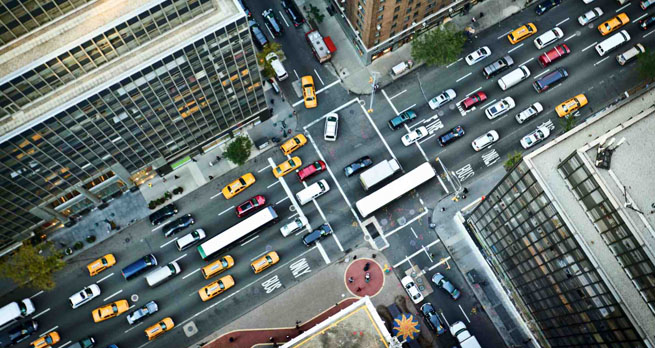3.1.12 Smart traffic light system
Consider the smart traffic light system as a good use of fog computing.
A smart traffic light system illustrates support for real-time interactions. The system interacts locally with a number of sensors. The sensors detect the presence of pedestrians and bikers, and measure the distance and speed of approaching vehicles. The system also interacts with neighbouring lights to coordinate with traffic lights. Based on this information, the smart light sends warning signals to approaching vehicles and modifies its own cycle to prevent accidents.
Re-coordinating with neighbouring smart traffic light systems in the fog allows for any modification of the cycle. The data collected by the smart traffic light system is processed locally to do real-time analytics. For example, it changes the timing of the cycles in response to road conditions. The data from clusters of smart traffic light systems is sent to the cloud to analyse long-term traffic patterns.
